Publication details
Publisher: Palgrave Macmillan
Place: Basingstoke
Year: 2012
Pages: 102-119
ISBN (Hardback): 9781349325375
Full citation:
, "Hello to all that", in: Time, media and modernity, Basingstoke, Palgrave Macmillan, 2012


Hello to all that
"credit crunches", "great depressions" and journalistic retrojection
pp. 102-119
in: Emily Keightley (ed), Time, media and modernity, Basingstoke, Palgrave Macmillan, 2012Abstract
One of the standout tracks of Bob Dylan's 2006 album "Modern Times' is "Working Man's Blues #2".1 On first listening, the elegiac melody and lyrics describing the desperation and hunger of an unemployed man facing an itinerant future and the loss of his family evoke powerful associations with the Great Depression of the 1930s. This historical connection is partly conjured by references in the lyrics to humming rails, lost dimes, burned barns and stolen horses, and partly by inter-textual references to earlier popular songs about the plight of the American working classes. The inclusion of "#2" in the title acknowledges Merle Haggard's 1969 song of the same name and the chorus contains direct quotations from June Christy's 1946 song "June's Blues". On further listening, however, it is also clear that the song is as much about the contemporary world as it is about distant dustbowls and depressions
Publication details
Publisher: Palgrave Macmillan
Place: Basingstoke
Year: 2012
Pages: 102-119
ISBN (Hardback): 9781349325375
Full citation:
, "Hello to all that", in: Time, media and modernity, Basingstoke, Palgrave Macmillan, 2012

